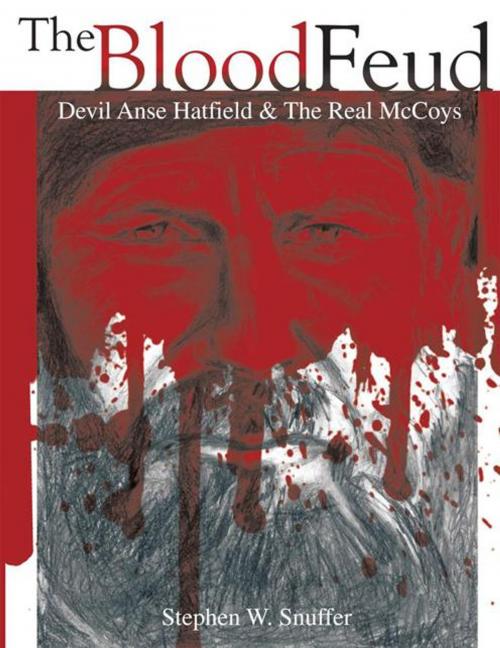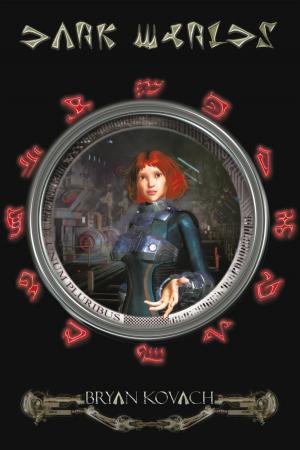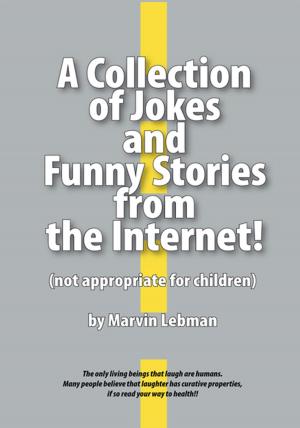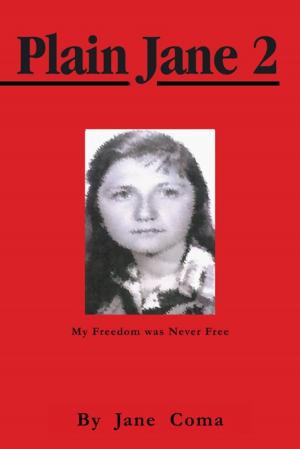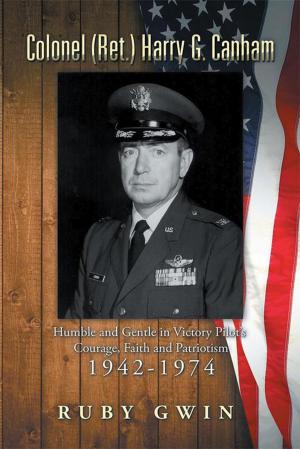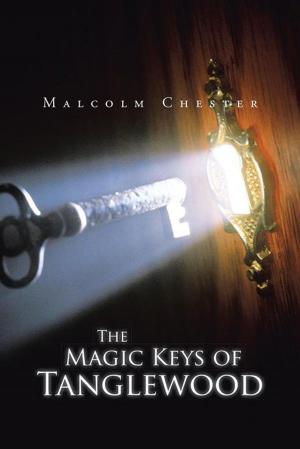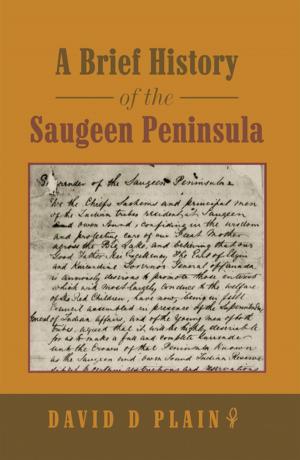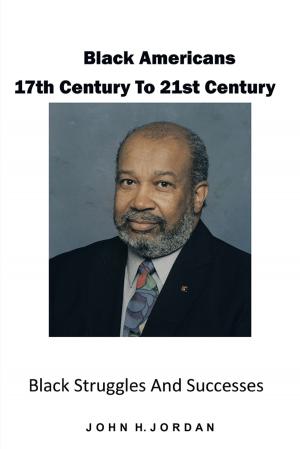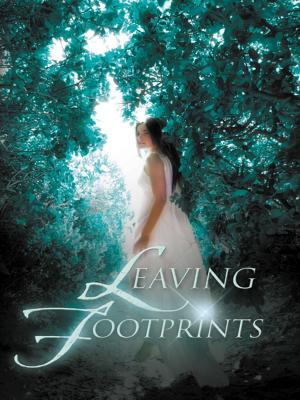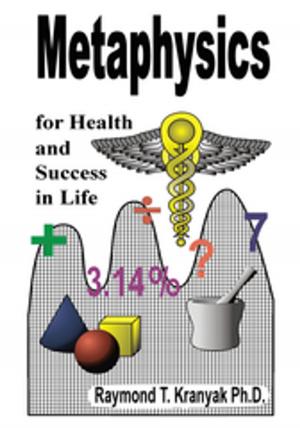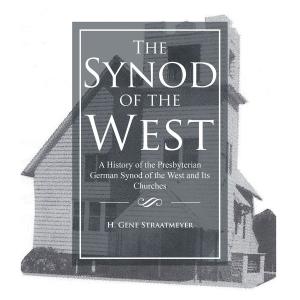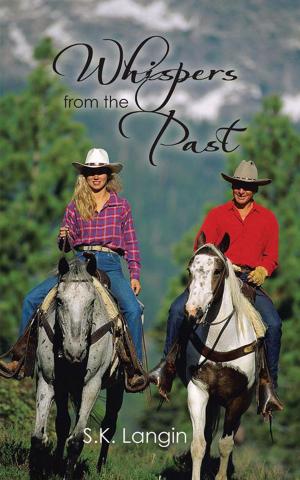The Blood Feud
Devil Anse Hatfield & the Real Mccoys
Nonfiction, History, Reference, Americas, United States| Author: | Stephen W. Snuffer | ISBN: | 9781466952034 |
| Publisher: | Trafford Publishing | Publication: | September 5, 2012 |
| Imprint: | Trafford Publishing | Language: | English |
| Author: | Stephen W. Snuffer |
| ISBN: | 9781466952034 |
| Publisher: | Trafford Publishing |
| Publication: | September 5, 2012 |
| Imprint: | Trafford Publishing |
| Language: | English |
The Hatfield-McCoy feud of the 1880s and some time thereafter is one of the noted stories of folklore in America. Today the causes of that family and friends war between the Hatfields and the McCoys will be consideredthe events which led up to the tragedy. There were many causes, an accumulation of things, which finally touched off the feud, or private war, which it actually was, between two determined families. First cause I think can be attributed to the very natures of those concerned. Both families were people of nerve because blood of British origin pulsed in their veins. That blood bespoke stubborn resistance and unflinching determination, an unwavering set. Came the Civil War of 186165 and neighbor lined up against neighbor. In the Union corner was Randolph McCoy, leader of the McCoy clan. In the Confederate corner, six feet of devil and 180 pounds of hell, according to Randolph McCoy, was Anderson (Devil Anse) Hatfield, head of the Hatfield horde. When the war ended in 1865, the internecine feelings of these two neighboring familiesonly the narrow Tug River separated themdid not make for friendly relations. Indeed it had been rumored that Devil Anse Hatfield, in the course of his warfare sometime before the Civil War ended, had slain Harmon McCoy, a brother of Randolph McCoy. This rumor was never proven. In fact, some stated that Jim Vance, later to die in the feud as a friend of the Hatfields, was the one who murdered Harmon McCoy. Whoever killed Harmon McCoy is unknown for sure even to this day, but one thing is sure, his death created ill feeling between the McCoys and the Hatfields, from the McCoy corner, of course. A third cause of the feud was a family quarrel, which wound up in the court of a justice of the peace. That was eight years after the Civil War had ended. In those days in the rugged regions of the Tug, the people let their hogs run loose and fatten on the mast of nut-bearing trees, chestnut, acorn, hazel, and other trees.
The Hatfield-McCoy feud of the 1880s and some time thereafter is one of the noted stories of folklore in America. Today the causes of that family and friends war between the Hatfields and the McCoys will be consideredthe events which led up to the tragedy. There were many causes, an accumulation of things, which finally touched off the feud, or private war, which it actually was, between two determined families. First cause I think can be attributed to the very natures of those concerned. Both families were people of nerve because blood of British origin pulsed in their veins. That blood bespoke stubborn resistance and unflinching determination, an unwavering set. Came the Civil War of 186165 and neighbor lined up against neighbor. In the Union corner was Randolph McCoy, leader of the McCoy clan. In the Confederate corner, six feet of devil and 180 pounds of hell, according to Randolph McCoy, was Anderson (Devil Anse) Hatfield, head of the Hatfield horde. When the war ended in 1865, the internecine feelings of these two neighboring familiesonly the narrow Tug River separated themdid not make for friendly relations. Indeed it had been rumored that Devil Anse Hatfield, in the course of his warfare sometime before the Civil War ended, had slain Harmon McCoy, a brother of Randolph McCoy. This rumor was never proven. In fact, some stated that Jim Vance, later to die in the feud as a friend of the Hatfields, was the one who murdered Harmon McCoy. Whoever killed Harmon McCoy is unknown for sure even to this day, but one thing is sure, his death created ill feeling between the McCoys and the Hatfields, from the McCoy corner, of course. A third cause of the feud was a family quarrel, which wound up in the court of a justice of the peace. That was eight years after the Civil War had ended. In those days in the rugged regions of the Tug, the people let their hogs run loose and fatten on the mast of nut-bearing trees, chestnut, acorn, hazel, and other trees.
